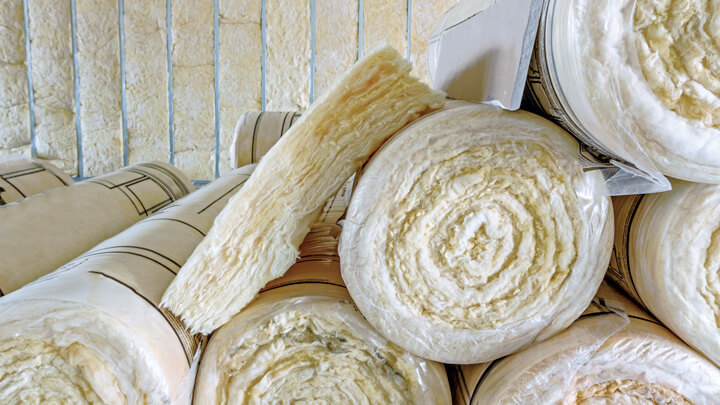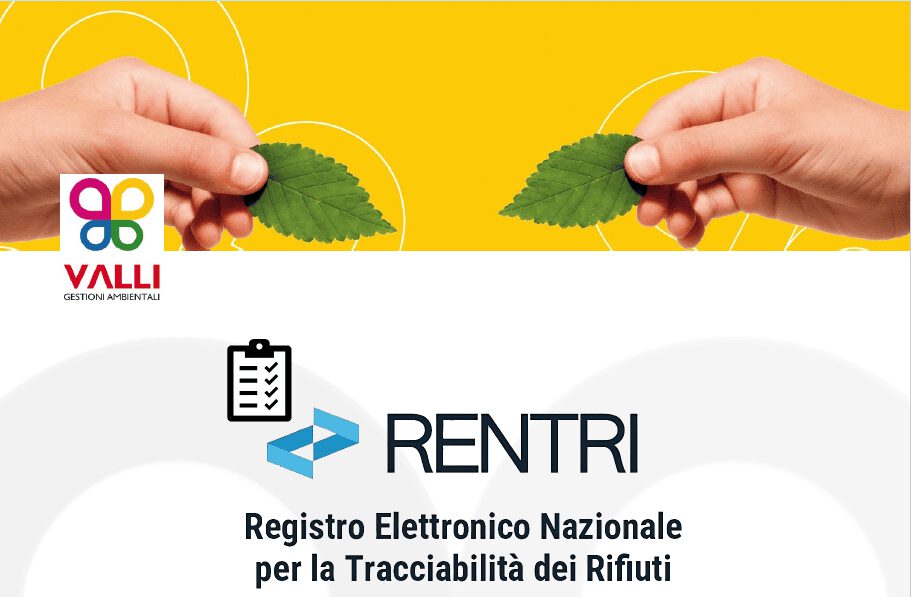Many companies use mineral wool for some specific uses and often find themselves in need of a stone wool disposal service as it is considered according to legislation among special waste.
In fact, this material belongs to the group of Artificial Vitreous Fibers, which include numerous other elements, different from each other in terms of physical characteristics and the chemical products with which they are made.
Therefore, before disposing of this material, it is advisable to know how it is made and to which particular category of waste it belongs. In this regard, here is some information, curiosities and suggestions.
Characteristics of Rock Wool and Sectors of Use
Rock wool belongs to the group of Artificial Vitreous Fibers and stands out for its thermal and acoustic insulation capacity. Rockwool is a natural material and is highly resistant and non-combustible, as it is produced from solidified volcanic lava with a melting temperature exceeding 1000 °C.
Although mineral wool is an effective insulator, it is classified as special waste, which imposes strict rules for its disposal, especially due to the chemical processes that can affect its composition.
Most mineral wools contain high levels of alkaline and alkaline-earth oxides, and various chemical combinations that give them every single characteristic.
It is a chemically neutral material and does not contain corrosive or aggressive products. It is not carcinogenic to humans and is only mildly irritating to the epidermis, which is why it is implemented in facilities following specific procedures.
The sectors that benefit from it are mainly construction and transport. Several companies use them to insulate and protect the walls of buildings, some plants and machinery, as well as the interior of some means of transport. In fact, these materials are very useful and also prove to be valid allies in energy saving and safety.
Rock Wool Disposal Regulations and EWC Classification
Before disposing of stone wool, it is essential to determine its classification according to the CER codes:
- EWC 17.06.04: special non-hazardous waste.
- EWC 170601*: special hazardous waste containing asbestos.
- EWC 17.06.03*: special hazardous waste.
The EWC codes are part of the EER classifications and influence the disposal methods and determine the obligation to contact specialized companies, such as Valli Gestioni Ambientali, to manage the process in compliance with regulations.
In order to proceed with the disposal of the rock wool, you can rely on the services of Valli Gestioni Ambientali, which will operate as always in compliance with the regulations in force on the subject and the related safety procedures.
From collection to transport, up to storage in authorized plants used for the disposal of this specific category of special waste, we take care of every detail with extreme professionalism and high skills. Fill out the contact form below to get help from one of our environmental consultants.
How does the Stone Wool Disposal Process take place?
The disposal of stone wool follows several stages, from safe removal to transport and storage at authorized disposal facilities. The procedure requires special attention, especially to avoid the release of substances that are potentially harmful to the environment.
Valli Gestioni Ambientali takes care of all phases of disposal, from collection to transport, up to storage, ensuring compliance with rock wool disposal regulations.
Reclamation and Disposal of Rock Wool
In some cases, remediation of stone wool may be necessary, especially if the material has been contaminated with hazardous substances during its use. This operation must be carried out following specific procedures to ensure the safety of operators and the environment.
Differences between Rock Wool and Glass Wool
In addition to rock wool, among mineral wools, there is also glass wool: a super insulator, even on an acoustic level. Amorphous silicate, obtained from glass, is produced by melting the material (glass and sand) at a high temperature (1,300-1,500 °C); then a glue is added that makes it possible to coherent the fibers and finally the mixture is placed at 200 °. The rolls obtained are used for thermal and acoustic insulation, and therefore suitable for soundproofing rooms and resisting fire (and therefore intense heat).
What other advantages do you get with the use of glass wool? First of all, the cost, which does not vary much compared to other insulation products. It is not carcinogenic, nor dangerous. However, it is better handled by people who know how to do it.
How and what to choose between glass wool or rock wool
Preferring one or the other means, first of all, considering the needs; and contacting a specialized company is a way to follow whenever you have doubts about the use, the advantages, the objectives. Fill out the form below for more information on disposal.
The fact that both are durable and non-hazardous make them two materials capable of maintaining their properties unaltered and without risk to human health.
What if they were also interesting from the point of view of savings? The price of disposing of glass wool (as well as rock wool) is certainly more affordable than that of many other insulating materials, without sacrificing quality. In fact, the result is the same.
How to dispose of glass wool?
Although it has been compared to asbestos for years, probably due to a lack of exact information, glass wool does not threaten human health if produced in compliance with all the precautions. In order not to constitute a hazard, it must not be breathable and therefore the diameter of its fibers must not exceed the specific limits set. The presence of the “note R” guarantees its non-breathability.
The disposal of glass wool must be carried out taking into account particular precautions, especially when there is no certainty of the technical characteristics; however, even when it complies with the official parameters, the processes useful for disposal must be managed and carried out with professionalism.
Legislative Decree 36 of 13/03/2003 (published in the Official Gazette no. 59 of 12/03/2003), regarding the disposal of special waste, declares the following classification of special waste in:
- Municipal waste
- hazardous waste
- Non-hazardous waste
- Inert waste
And classify landfills into:
- landfills for inert waste
- landfills for non-hazardous waste
- hazardous waste landfills
The Ministerial Decree of 13/03/2003 of the Ministry of the Environment published in the Official Gazette no. 67 of 21/03/2003 provides that all mineral wool (including glass wool) must be disposed of in landfills of non-hazardous products (with the European classification code 170604).




